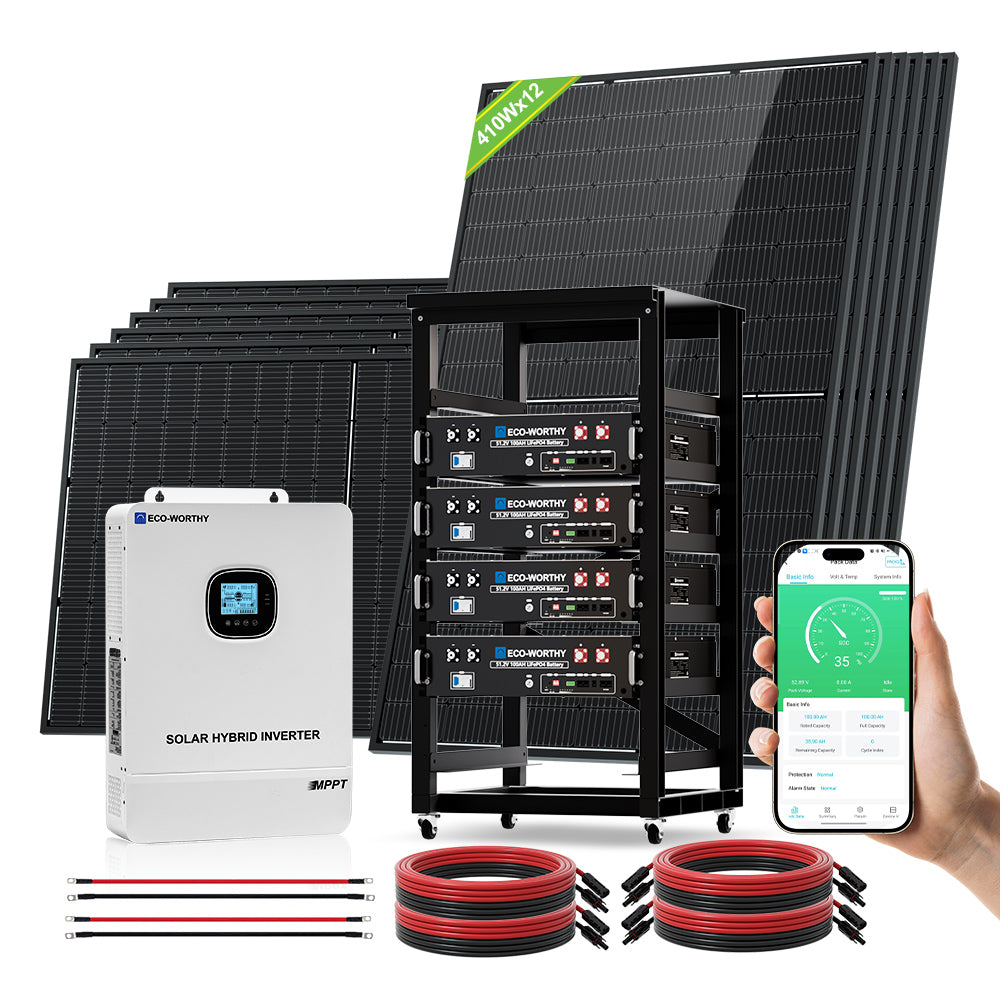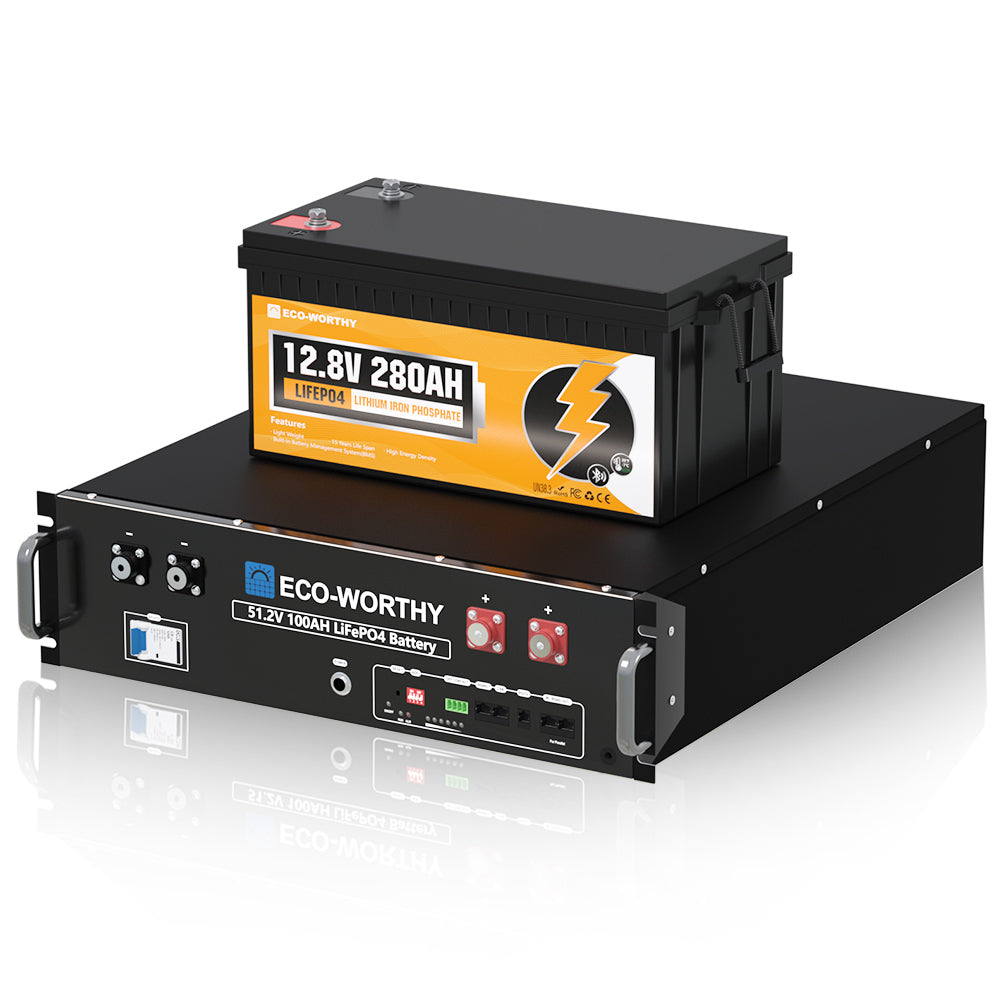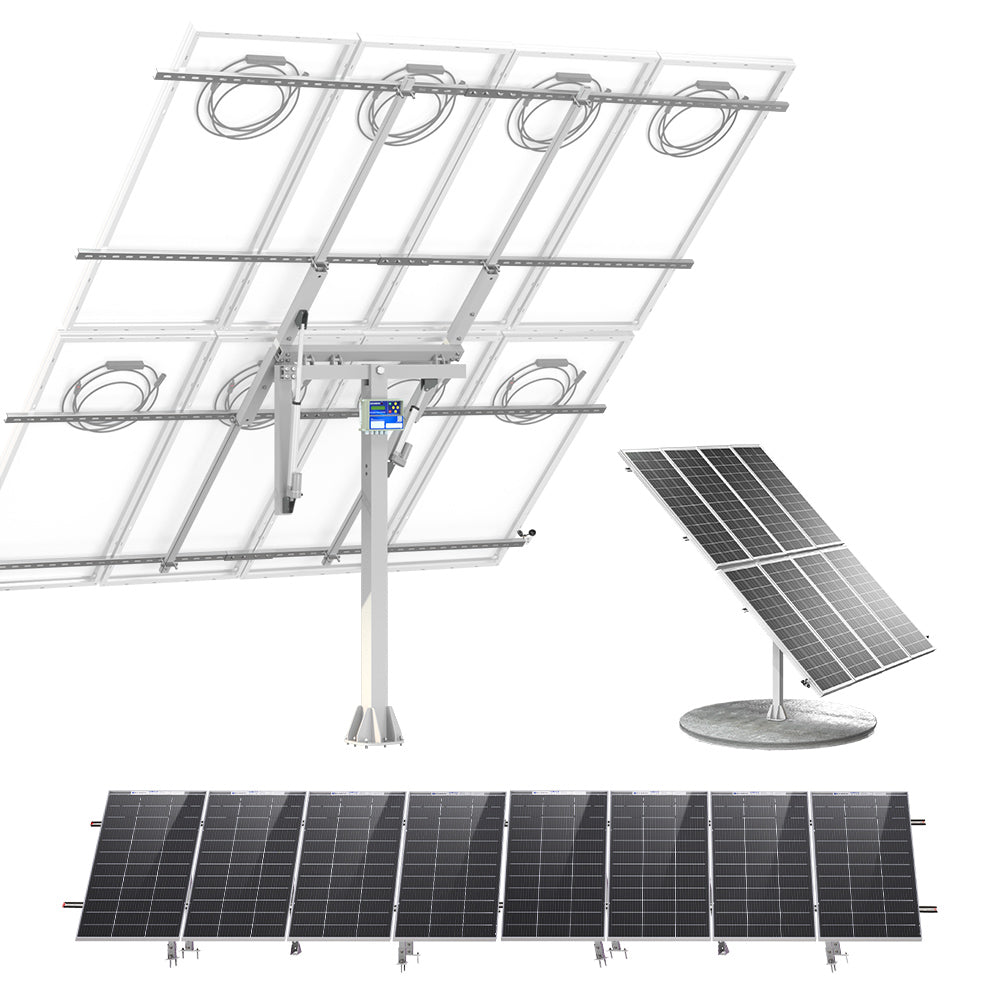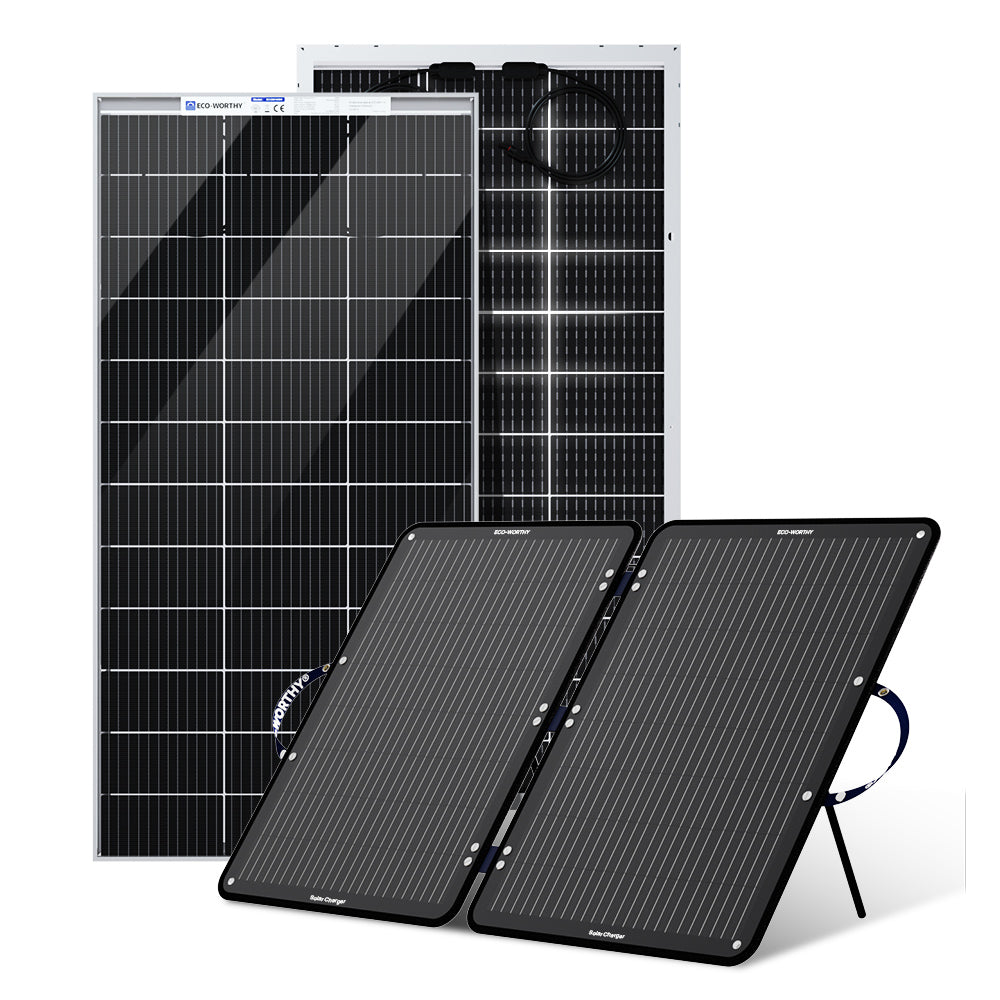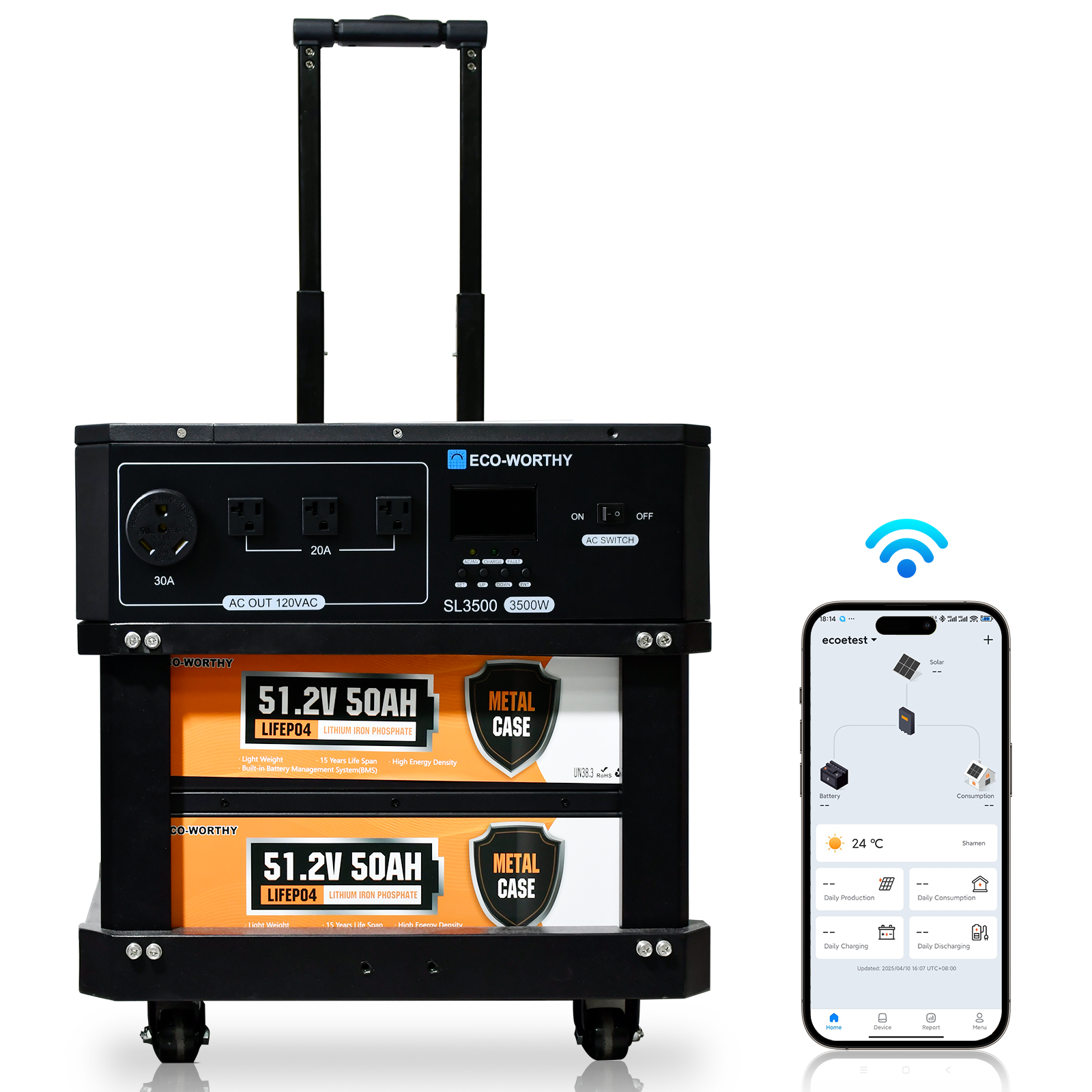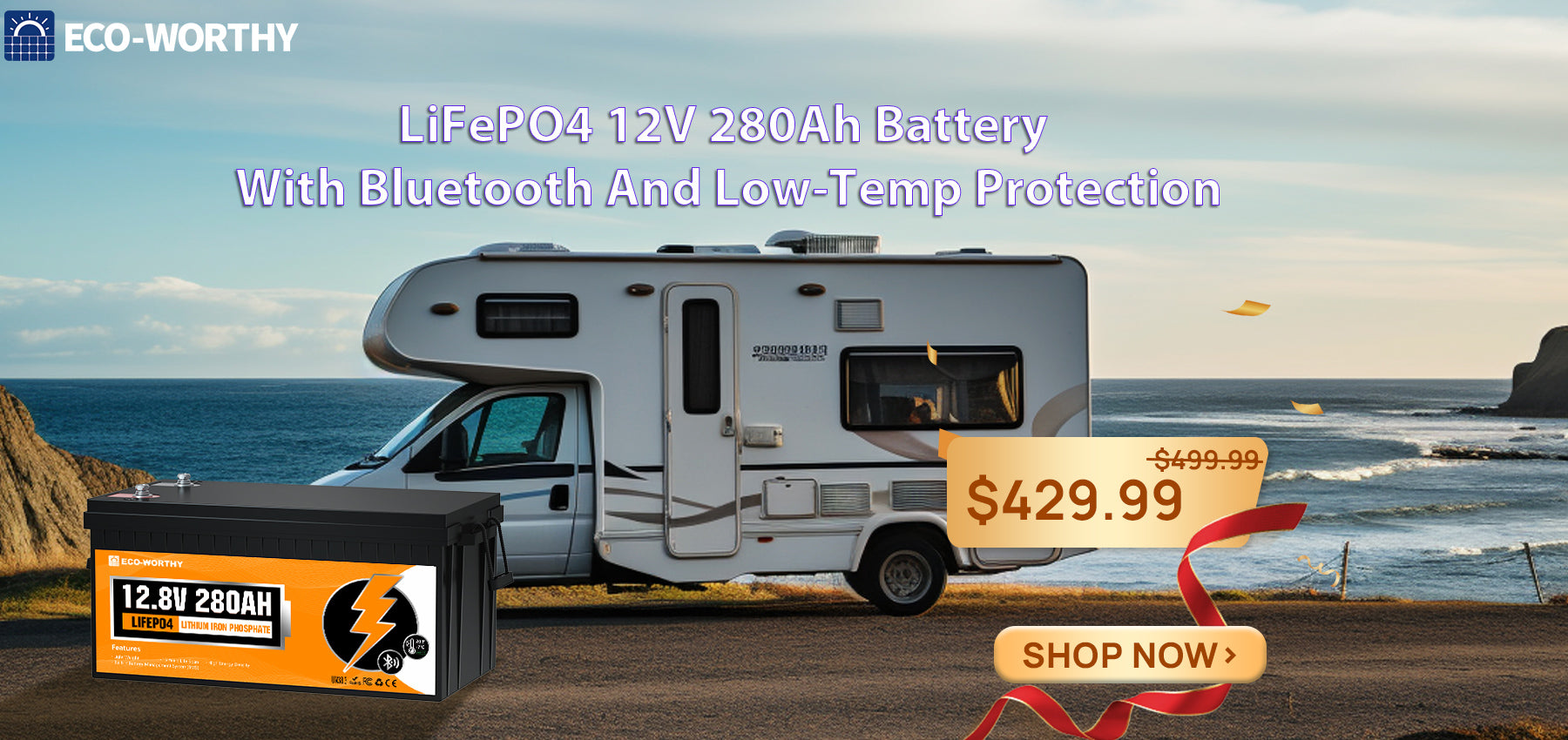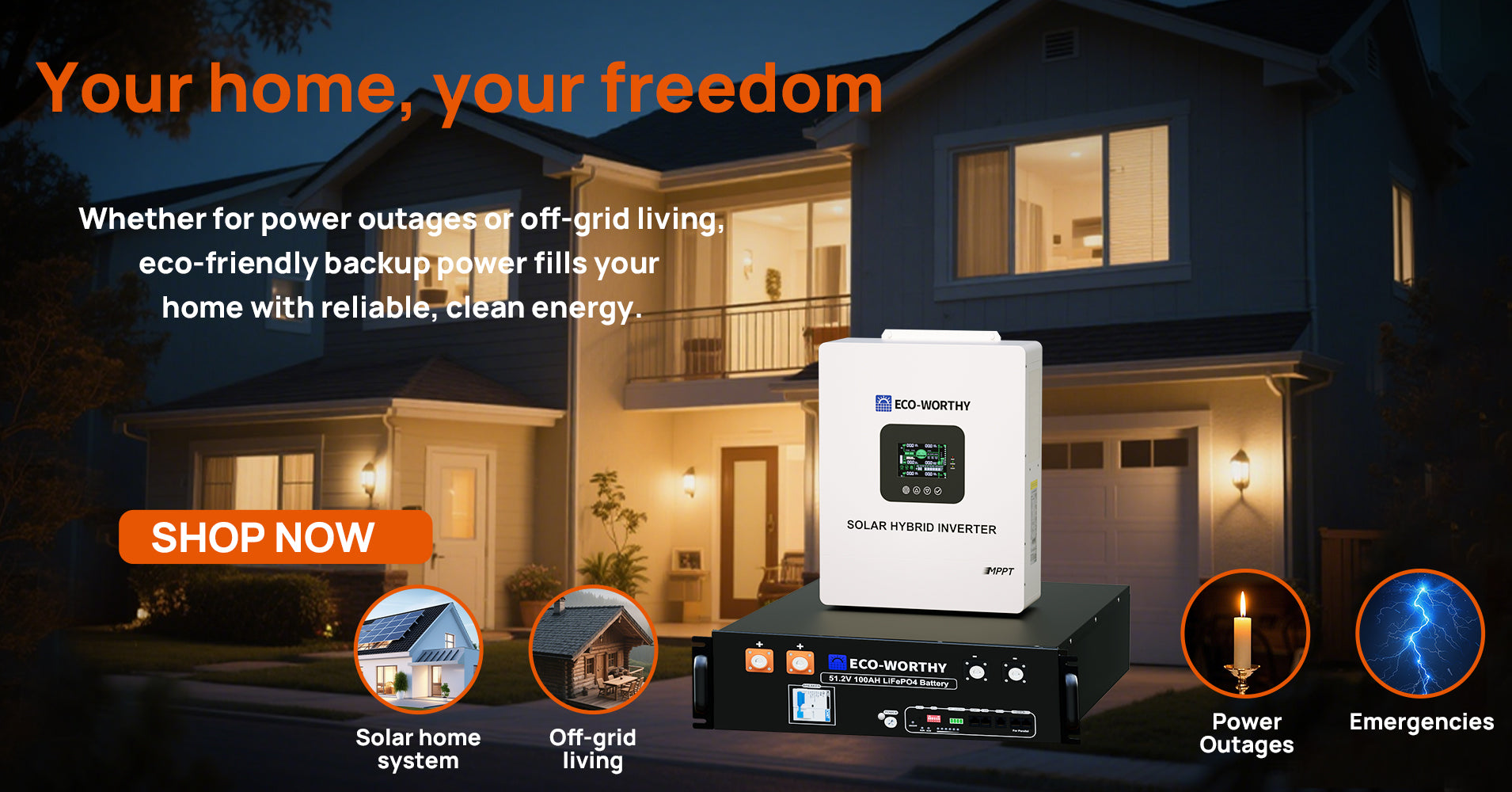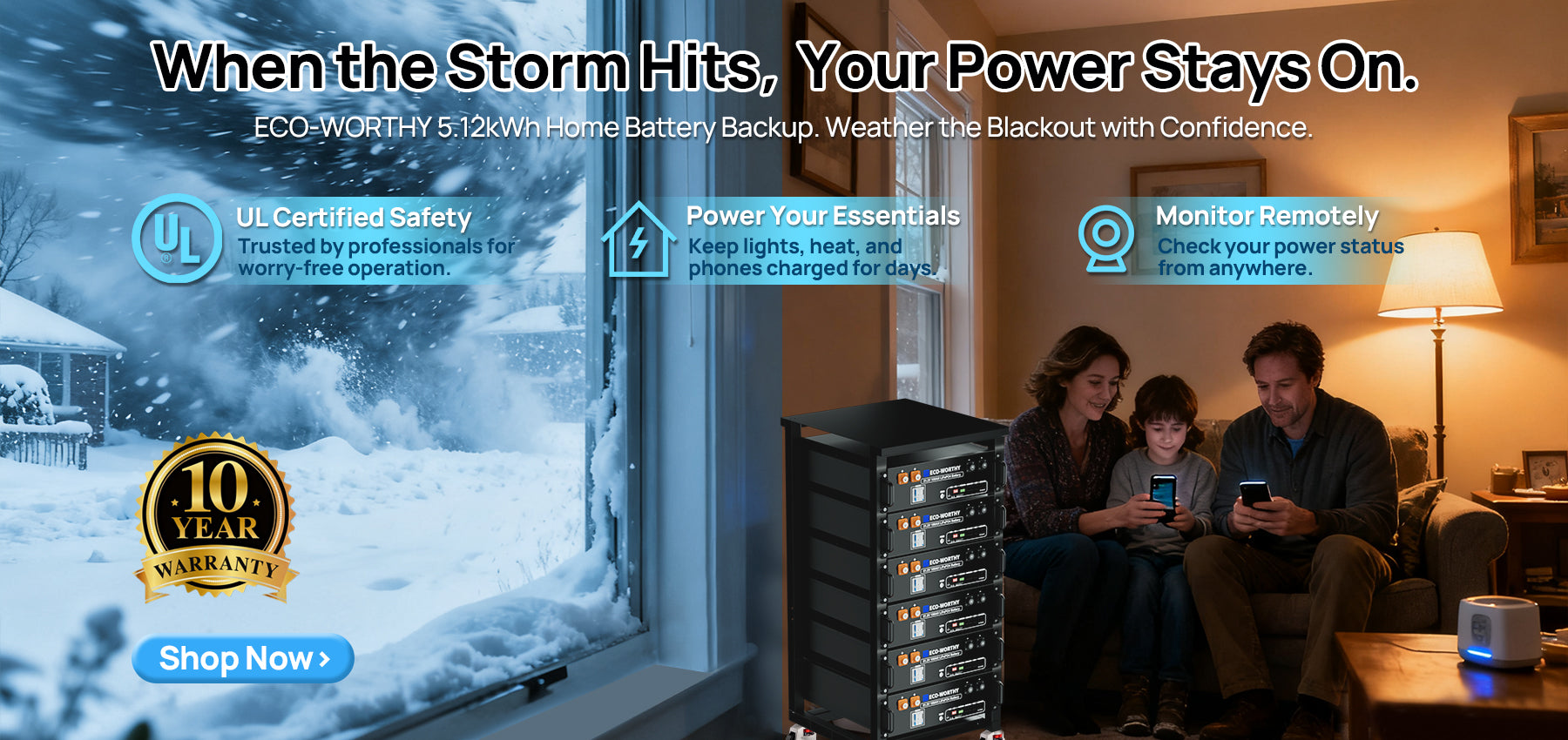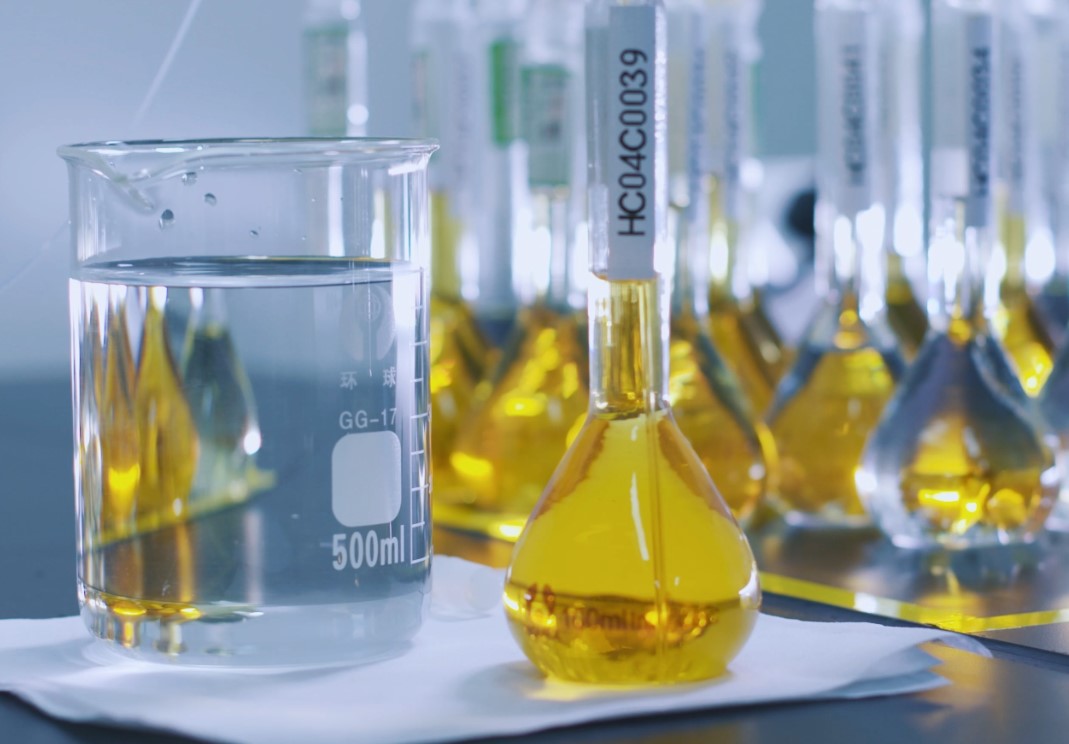Battery generally contain heavy metal elements such as mercury, lead, cadmium, etc ., these are heavy metal elements, with great toxicity, will polluted soil. Those batteries that are very small containing heavy metals or without heavy metals are environmentally friendly.
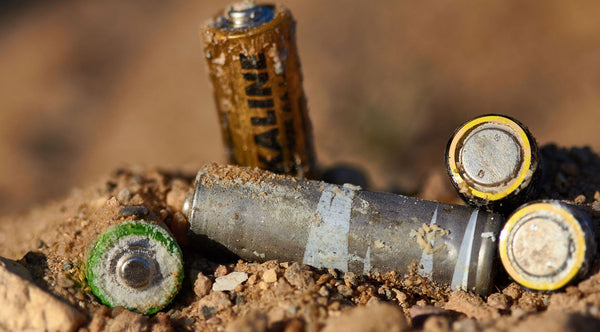
Environmentally friendly batteries refers to a high-performance, non-polluting battery that has been put into use or developed in recent years. Currently used, metal hydride nickel battery, lithium ion battery, rechargeable battery which are being promoted, lithium or lithium-ion plastic storage batteries, which are being developed, are all environmentally friendly batteries.
Among them, lithium iron phosphate batteries are generally considered to contain no heavy metals and rare metals, non-toxic (in line with SGS certification), non-polluting, in line with European RoHS, for absolute green environmentally friendly batteries.
Why is the lithium iron phosphate battery are environmentally friendly batteries?
Lithium iron phosphate battery, green low carbon environmental protection. Contrast other batteries, no matter the process of production, use and scrap, it does not contain any lead, mercury, cadmium and other toxic and harmful metal elements and chemicals, so there is no pollution.
Other storage batteries, fuel cells generally contain heavy metal elements, poisoned side effects, severe contamination of soil layers and water quality.
Security feature of lithium iron phosphate battery
For the assessment indicators of lithium-ion battery safety performance, very stringent standards were made, a qualified lithium-ion battery should meet the following conditions in safety performance:
(1) Short circuit: do not afford fire, do not explode
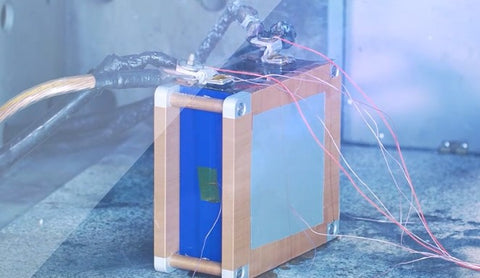
(2) Over-charge: do not afford fire, do not explode

(3) Hot box test: Do not afford fire, not exploding (150°C constant temperature 10min)

(4) Acupuncture: Do not explode (spiked battery with 0.3mm)

Advantage of lithium iron phosphate battery
Lithium iron phosphate batteries is widely used in new energy, in accordance with the advantages of stability, long life and no pollution.
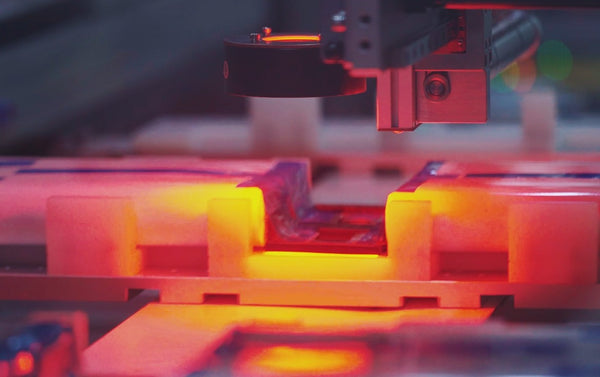
1.Improvement of safety performance
The P-O bond in the lithium phosphate crystal is stunned, it is difficult to decompose, Even if it is high or overcharge, it is not like a lithium cobalt-cobaltate battery to collapse, heat, or form a strong oxidizing material. Therefore, it has good safety. Its excessive safety is more improved than other batteries.、
2.Improvementof the life
Lithium phosphate battery refers to a lithium ion battery using lithium iron phosphate as a positive electrode material. The circulating life of the long life lead-acid battery is about 300 times, up to 500 times, while lithium iron phosphate batteries standard charging, the cycle life can reach more than 3,000 times. With the same quality, the life of lead-acid battery is about 1 to 1.5 years, lithium iron phosphate batteries are used under the same conditions, and the theoretical life will reach 8-10 years. Comprehensive consideration, the price of lithium batteries is more than at least 4 times more of the lead-acid batteries.
3.high temperature performance
Lithium iron phosphate battery has a wide range of operating temperatures (-20°C - 75°C), high temperature resistance, hot peaks up to 350°C to 500°C, while other lithium batteries are only about 200°C.
4.large capacity
Rechargeable batteries are often working under the conditions that are fully charged but haven’t fully discharged. Such battery capacity is rapidly lower than the rated capacity value, which is called memory effect. Like nickel-hydrogen, nickel-cadmium cells have this memory effect. The lithium iron phosphate battery has no such phenomenon, and the battery can be charged no matter what state, without the need to fully discharged and then charged.
5.light weight
The volume of the lithium iron phosphate battery of the same specifications is two-thirds of the lead-acid battery volume, and the weight is one-thirds of the lead-acid battery.
Enabling Electricity Storage in Solar Panel Systems
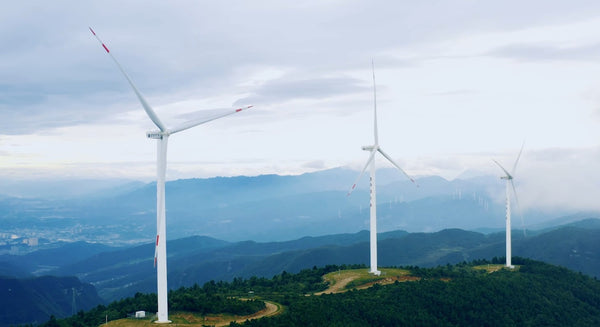
When it comes to generating electricity with minimal carbon emissions, it’s hard to beat wind and solar power. Solar power has especially taken off as the cost of solar panel installation has dropped more than 70% since 2010. But the wind doesn’t always blow and the sun doesn’t always shine, which means practical off-grid or partially off-grid solar systems rely on batteries as a steady source of electrical power.

